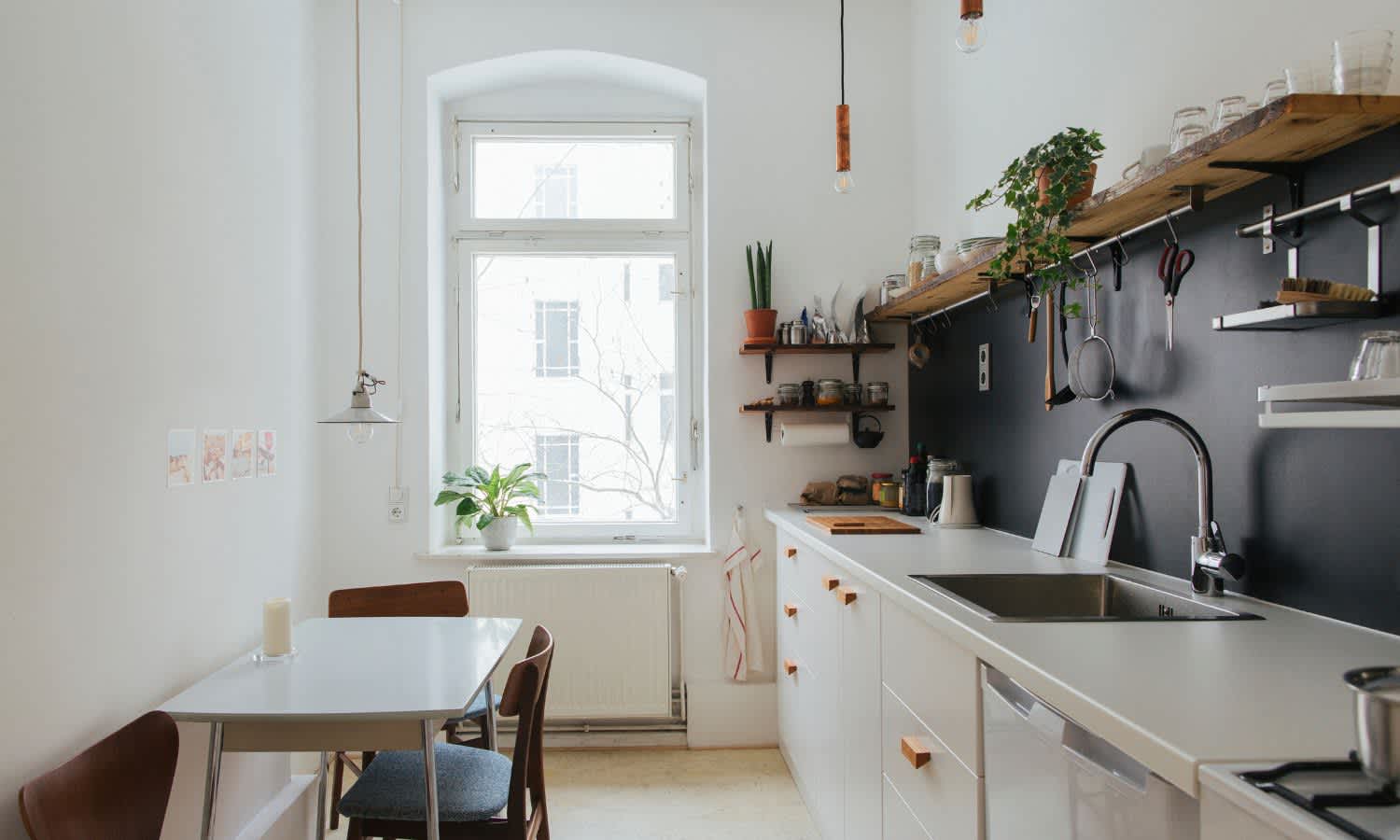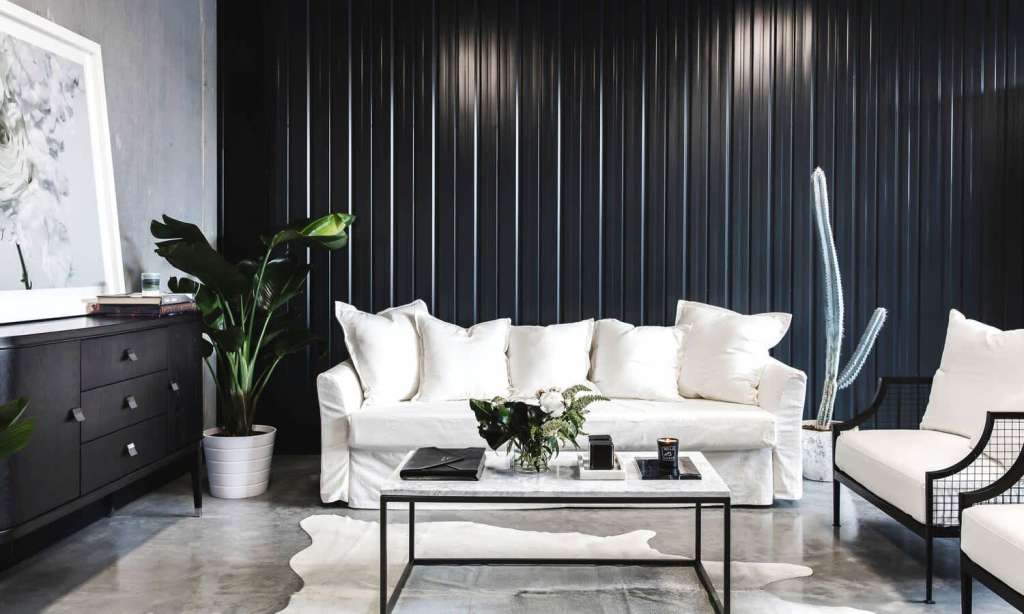If you live in a city or right on its outskirts, chances are you’re short on space. But that doesn’t mean you need to skimp on your interiors, and not have your space feeling exactly the way you want it to. The key to styling small spaces, says interior stylist and founder of Sydney-based property styling company Unfolded, is understanding proportion.
“This is definitely an element that should be considered when sourcing the furnishings and accessories for your home,” Ingall says. “Unfortunately, this is where most of my clients tend to go wrong. They buy items too big for the space, without knowing how to lay them out to suit ample thoroughfares across the room, and ensure it’s balanced.”
So, what should we be keeping in mind when decorating small space? Ingall suggests, generally, looking for softer-toned pieces — in whites, off-weights, beiges and light greys.
Related: 6 Interior Design Trends to Know in 2022
Related: This Interior Trend Is Everywhere on Instagram — and IKEA Has a Version of It for $9
“Darker items can create a heaviness, and feel big and bulky,” she says. “Softer-toned pieces reflect a lighter tone, and also work well with the natural light in any space, enhancing the idea of ‘space’ even more.”
So, what else should we keep in mind when decorating and furnishing tiny abodes? Ahead, Ingall shares three things she’d never (or, almost never) do when styling small space.
Pass Up Plants
First up: never pass up a good houseplant. They’re a strategic, and aesthetically-pleasing, way to bring the outdoors in, Ingall says.

“If your apartment doesn’t have an outdoor space, like a balcony or patio, bring in a few potted plants to place in the corners,” she says. “They add colour, too, and fun fact: orchids and succulents, in particular, absorb carbon dioxide and release oxygen — an easy winner for creating a rejuvenating space without having to do anything.”
Clutter the Walls
Another thing a designer would never do in a small space? Clutter the walls with artwork and framed photos.
“Interior design, as a rule, follows a few important methods – one of which is creating a focal point in any room,” says Ingall. “When you create a wall of framed family photos, you’re bound to feel overwhelmed and hence, the focal point has been lost. That’s not to say hanging many framed photos is a big no — it’s more how they’re placed, keeping the frames tonal and the style of the images.”
If you are looking to hang many photos and create a gallery wall, Ingall recommends starting with one piece as the focal point and then building around it. You could also consider grouping photos together on one or two shelves — provided they’re mostly in the same style and size.
Alternatively, she suggests having only one larger piece that creates a focal point in a room.
Place All Furniture Directly Against Walls
Finally, while Ingall says if you can, try not to push all furniture against walls – though, she notes that some small spaces don’t offer you any other choice.

“However, if you have the room to move, it’s best not to as when furniture is up against a wall, you are losing track of independent spacing,” she says.
“Independent spacing is allocating certain items to certain areas — essentially, grouping them to create purpose, division and function. When you group your sofa, coffee table, rug and occasional chair together as either a square or rectangular setting, you’re creating an area within your environment.”
Read more stories from The Latch and subscribe to our email newsletter.







